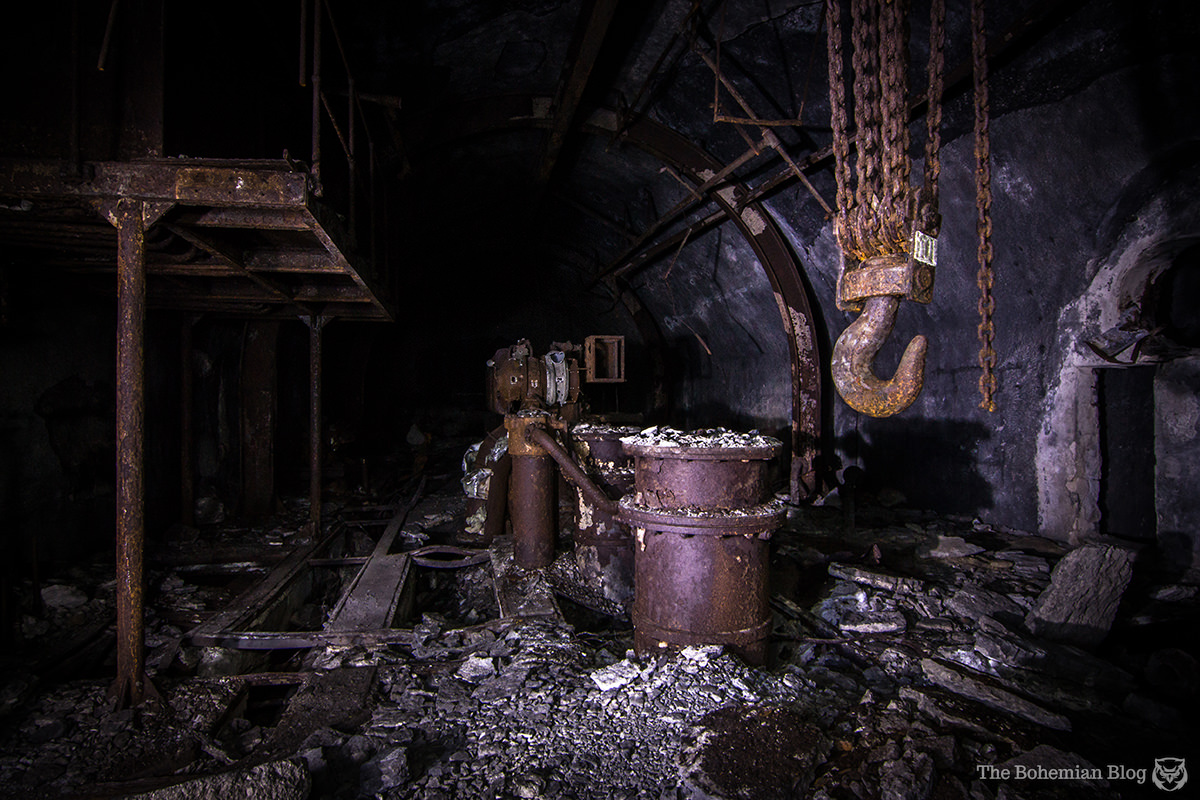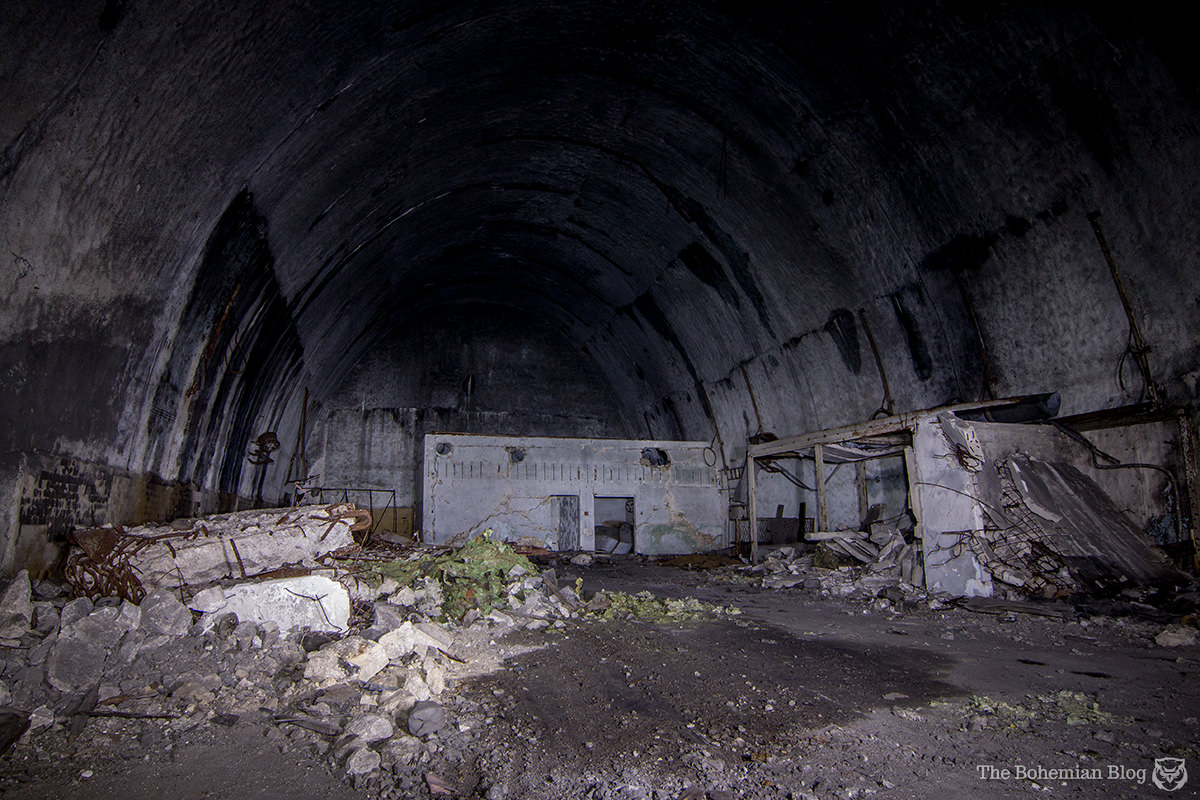Situated in the west of Bosnia on the border with Croatia, Objekat 505, as it was officially known, was the largest underground airport in the Balkans. The primary purpose of the Objekat 505 was to house a long-range radar early warning system, akin to NORAD, as well as to provide a strategic command center for the country’s defense.

The construction of the base was conducted in utmost secrecy between 1957 and 1965, and the cost of its construction was a whopping six billion dollars, three times more than the combined yearly military budgets of Yugoslavia’s two biggest successor states, Serbia and Croatia. The secret airbase was positioned at the center of a dense sprawling network of military installations, with five auxiliary airfields nearby as well as numerous radar and air defense outposts.
The resulting base was a military marvel, an underground airport with four exits, each of which was capable of launching jets. The base housed two full hunter squadrons. The base was designed to sustain a direct hit by a 20-kiloton nuclear warhead, the equivalent of the Nagasaki bomb, and it could be hermetically sealed. The base could also house up to 1,000 people and stored provisions for up to 30 days. Objekat 505 also had access to an underground water supply and a power generator. Fuel for the generator was brought into the base by deep pipes coming from an underground storage facility near the town of Bihać.
The base was intended to protect the country from the foreign aggression. Unfortunately, its designers had not taken into account the possibility of a civil war. On October 25, 1991, on the eve of the war, Rudolf Perešin, one of the fighter pilots stationed in the base, an ethnic Croat who did not want to fight, defected and escaped the base via the fourth exit. He was also not the only one; not too long afterwards, Daniel Borović also defected with his jet, though he managed to land at Zagreb Airport (Perešin had to divert to Klagenfurt in Austria, his jet now on display at Zeltweg Airbase). Even though they did not depart from the base itself, two other pilots – Ivan Selak and Ivica Ivandić – were also based there, but transferred to Užice in Serbia following Željava’s destruction.
During its retreat from this region of Bosnia, the Yugoslav National Army decided to destroy the functionality of the airbase to avoid its use by any of the factions in the conflict. They did so by setting off built-in explosive charges. A year later, the demolition of the base was completed by the military of the then Republic of Serbian Krajina, and an additional 56 tons of explosive were detonated. The explosion was so powerful that it was felt in all the way in Bihać.
Today the abandoned airbase lies on the border of Croatia and the Bosnian Federation, with the line dividing the countries running through the middle of the property. Extreme caution needs to be used when approaching this site, due to the large number of unexploded landmines and other munitions there. The police force of the Bosnian Federation uses the area of the airbase to train its K9 core in explosive retrieval.
H/T: Atlas Obscura
Photo Credit: The Bohemian Blog















